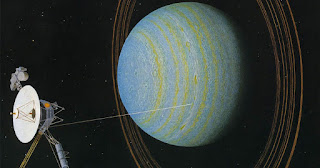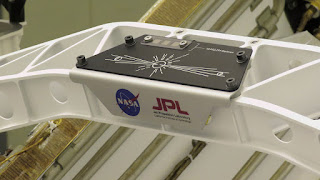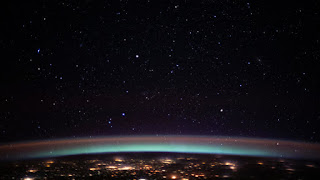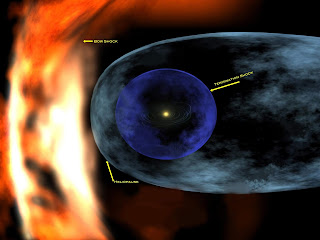NOAA set to update space weather fleet
NOAA set to update space weather fleet BOSTON – The National Oceanic and Atmospheric Administration is preparing to update its aging space weather fleet with instruments to gather imagery of coronal mass ejection and monitor solar winds. Congress provided NOAA funding in the 2020 budget for Space Weather Follow On (SWFO), a satellite destined for Earth-Sun Lagrange Point 1. The Commerce Department also gave NOAA the green light in 2019 to begin procuring elements of SWFO, which is designed to carry on work performed by NOAA’s Deep Space Climate Observatory launched in 2015 and the joint European Space Agency-NASA Solar and Heliophysics Observatory launched in 1995. SWFO, a small satellite, is scheduled to ride into orbit in 2024 as a secondary payload on the launch of NASA’s Interstellar Mapping and Acceleration Probe (IMAP), a heliophysics mission. The SWFO satellite will house the Naval Research Laboratory’s Compact Coronagraph and suite of instruments to measure solar win







